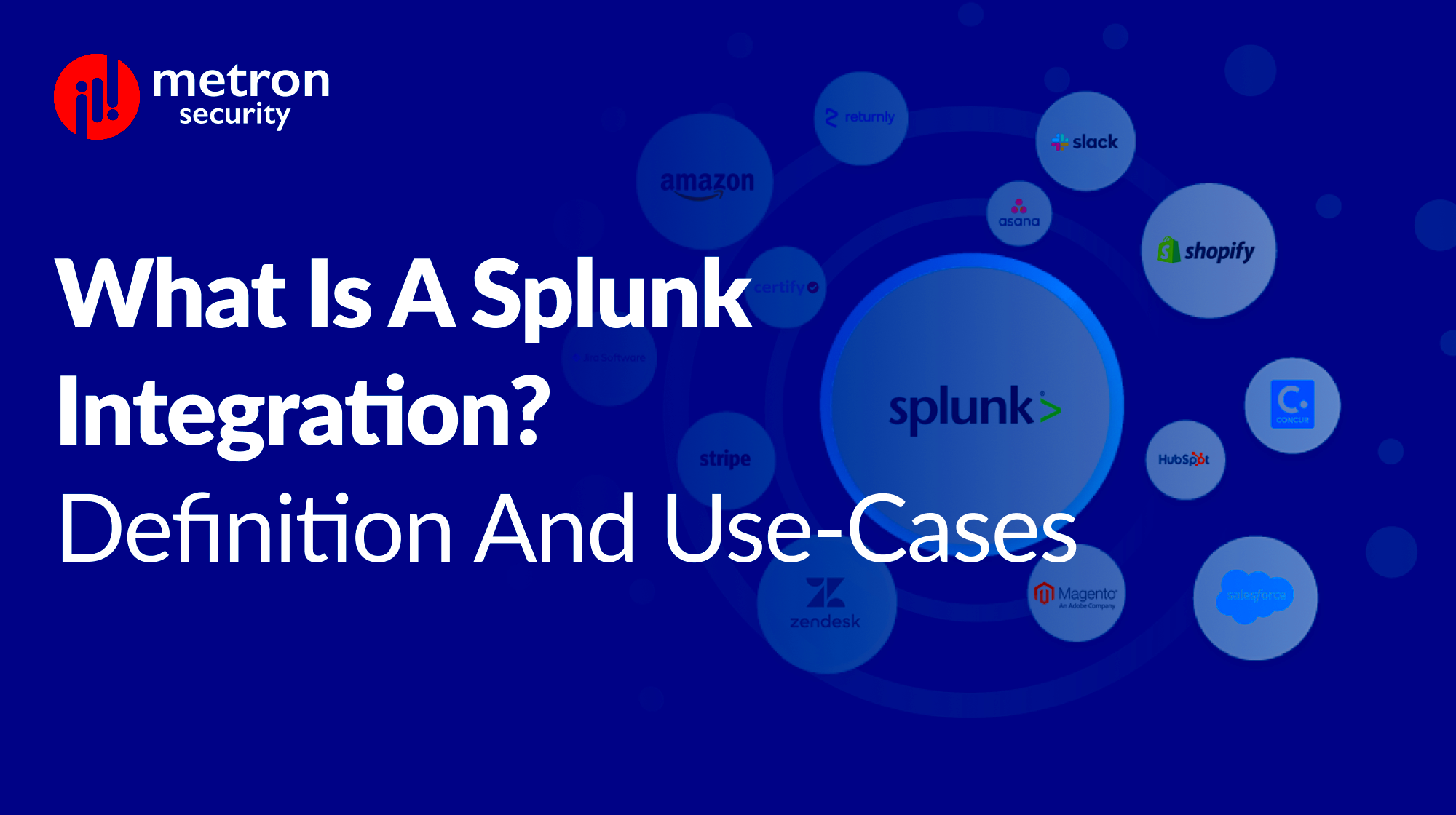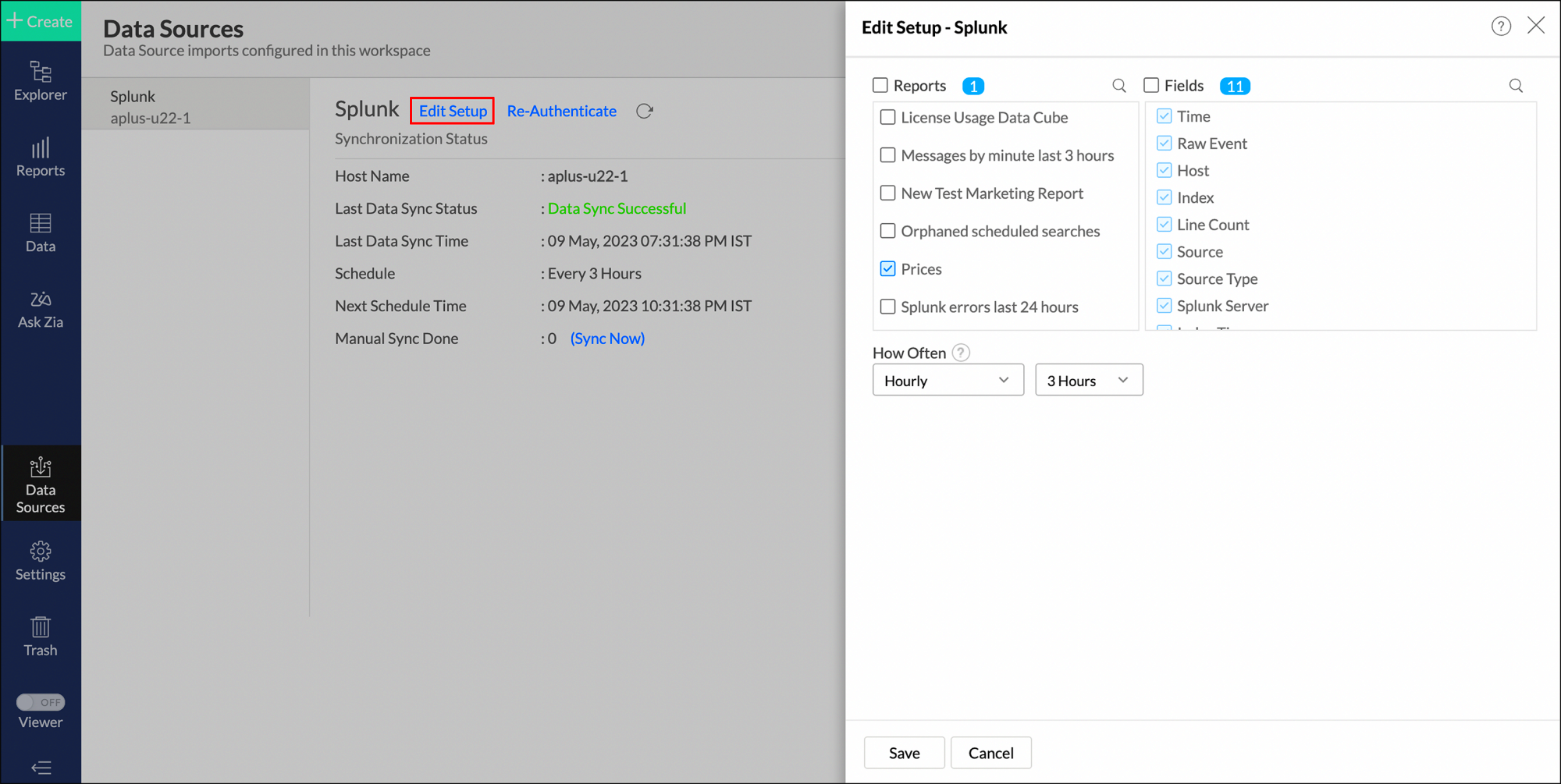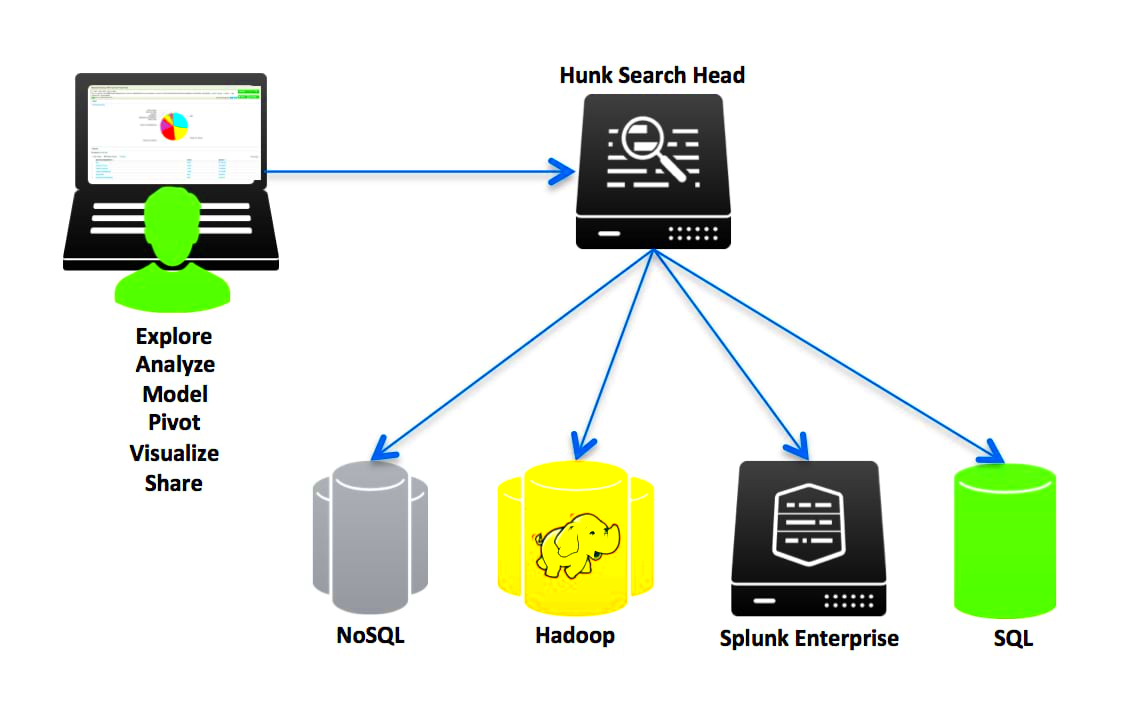When it comes to managing data and analyzing information, Splunk and WordPress each serve unique purposes in their respective realms. Splunk, often labeled a “data-to-everything” platform, specializes in gathering and analyzing machine-generated data from various sources. On the other hand, WordPress is a powerhouse in the web development world, known for creating everything from blogs to full-fledged e-commerce sites.
So, why consider integrating these two platforms? Integrating Splunk into WordPress can empower website owners and administrators with advanced analytics on user behavior, site performance, and potential security threats. By harnessing the capabilities of both systems, you can dramatically enhance your ability to make data-driven decisions and improve overall user experience. Let’s dive deeper into what Splunk offers and how it functions.
Understanding Splunk’s Functionality

Splunk is more than just a reporting tool; it’s a comprehensive platform designed for in-depth data analysis. Its functionality is broad and impactful, making it a fantastic choice for organizations looking to make sense of their data. Here’s a snapshot of what Splunk can do:
- Data Collection: Splunk can ingest data from various sources, including servers, applications, and cloud services. This means that no matter where your data lives, Splunk can access it!
- Real-Time Monitoring: With real-time data analytics, Splunk allows users to monitor their systems continuously and identify issues as they happen.
- Search and Query: Users can perform complex searches and queries using the Search Processing Language (SPL) to find exactly what they need.
- Data Visualization: Splunk transforms raw data into interactive dashboards and visualizations, making the information easier to understand at a glance.
- Alerts and Reporting: Set up alerts based on specific conditions or thresholds, and generate reports for further analysis.
- Security Monitoring: Splunk excels at identifying security threats and vulnerabilities, ensuring your WordPress site remains secure.
By integrating Splunk into your WordPress setup, you can leverage these functionalities to gain insights about your website’s usage, troubleshoot problems more effectively, and enhance the overall security measures in place. The intelligence provided by Splunk can help you make informed decisions that lead to improved performance and user satisfaction.
Benefits of Integrating Splunk with WordPress

Integrating Splunk with WordPress can bring numerous advantages to your website, helping you enhance performance, boost security, and gain deeper insights into your audience. Let’s break down some of the key benefits:
- Real-Time Data Analysis: Splunk allows you to analyze data in real-time, which means you can monitor your WordPress site’s performance continuously. This capability helps you identify potential problems before they escalate.
- Improved Security: By integrating Splunk, you can track login attempts, monitor user behavior, and detect suspicious activities—in short, keeping your website safe from threats.
- Enhanced Decision Making: With valuable data at your fingertips, you can make informed decisions based on user behavior and website performance metrics. Whether it’s adjusting content strategies or optimizing marketing campaigns, Splunk’s insights can guide you.
- Better User Experience: Understanding how users interact with your site allows you to make changes that improve their experience. Personalized experiences based on user data can lead to higher engagement and retention rates.
- Streamlined Reporting: Splunk’s ability to generate comprehensive reports means you can easily showcase your findings to stakeholders. This feature not only saves you time but also enhances your credibility with data-backed insights.
In summary, integrating Splunk with WordPress can dramatically elevate your site’s performance and security while providing the insights needed for strategic growth.
How to Set Up Splunk for WordPress Integration

Setting up Splunk for your WordPress site may sound complicated, but it can be straightforward if you follow these steps. Here’s how you can seamlessly integrate Splunk into your WordPress ecosystem:
- Create a Splunk Account: First things first, if you don’t already have an account, head over to the Splunk website and sign up for an account. You’ll likely want a Splunk Cloud or Splunk Enterprise account based on your needs.
- Install the Splunk Universal Forwarder: The Splunk Universal Forwarder is essential for collecting data from your WordPress site. Download the installer and follow the provided instructions to get it set up on your server.
- Configure Data Inputs: Once the Universal Forwarder is installed, configure data inputs to collect WordPress logs. You can choose to track Apache logs, PHP error logs, or custom accesses. Make sure to specify the correct paths in the configuration.
- Set Up Splunk Indexes: After configuring data inputs, set up your indexes in Splunk. Indexes help organize your data, making it easier to query and analyze logs from your WordPress site.
- Install WordPress Plugins (Optional): There are various plugins available that can simplify the integration. Consider using plugins like “WP Splunk” that may easily send logs directly to Splunk.
- Test Your Setup: It’s crucial to test if everything is working as expected. Make a few changes on your WordPress site and check if data is flowing into your Splunk dashboard. If it is, congratulations, you’re all set!
With these steps, integrating Splunk into WordPress can be achieved with relative ease, granting you access to powerful analytics tools that improve your site’s performance and insights.
Using Plugins for Splunk and WordPress Connection

Integrating Splunk with WordPress can feel a bit like piecing together a puzzle, where the right plugins serve as your essential pieces. The good news is that there are several plugins available that can streamline this process, making the integration smoother and more efficient.
One of the most widely used plugins is the Splunk App for WordPress. This plugin allows site owners to collect and analyze data from their WordPress sites directly in Splunk. With it, you can monitor site performance, track user behavior, and analyze traffic logs. It’s not just about collecting data; it’s about transforming that data into actionable insights.
Here are a few benefits of using plugins for the Splunk and WordPress connection:
- Ease of Use: You don’t need to be a coding expert. Most plugins are user-friendly and require minimal setup.
- Real-time Monitoring: With the right plugin, you can have real-time data streaming from your WordPress site to Splunk.
- Custom Reporting: Many plugins allow you to generate customized reports that suit your specific analytical needs.
Before you start using plugins, a few best practices can enhance your experience:
- Always keep your plugins updated.
- Check reviews and compatibility with your current WordPress theme.
- Consider the security implications of installing third-party plugins.
In summary, using plugins can significantly ease the process of integrating Splunk with WordPress. Take the time to explore different options and choose the one that best fits your objectives.
Common Challenges and Troubleshooting Tips
Like any tech integration, merging Splunk with WordPress isn’t without its bumps in the road. Understanding these challenges and knowing how to troubleshoot them can save you a world of frustration.
Here are some common issues you might face:
- Data Not Transmitting: Sometimes the data from WordPress may not show up in Splunk due to misconfigured settings.
- Plugin Conflicts: Certain WordPress plugins can conflict with the Splunk plugin, causing data collection errors.
- Performance Slowdowns: Running extensive data analytics can sometimes slow down your WordPress site, especially with limited hosting resources.
To navigate these challenges effectively, here are some useful troubleshooting tips:
- Check Plugin Settings: Go over the plugin configuration settings thoroughly to make sure everything is set correctly.
- Review Your Logs: Splunk has fantastic logging capabilities. Utilize them to trace any potential errors back to their source.
- Increase Resources: If performance is an issue, consider upgrading your hosting plan or optimizing your WordPress site.
Additionally, always refer to the community forums and documentation for both Splunk and WordPress, as these resources can often provide insights or solutions you might not have considered. When in doubt, reaching out for community support can yield valuable tips from those who have faced similar hurdles.
7. Case Studies: Successful Splunk and WordPress Integrations
When it comes to integrating advanced data analytics tools like Splunk into WordPress, there are numerous cases of successful implementations that showcase the benefits and potential of such a partnership. Let’s dive into a few notable examples that highlight how organizations have leveraged this integration to enhance their operations.
- eCommerce Platform Case Study: A leading eCommerce platform integrated Splunk to monitor real-time user behavior across their WordPress site. By analyzing data such as page views, time spent on pages, and conversion rates, they fine-tuned their marketing campaigns, resulting in a 25% increase in sales over six months.
- Corporate Blogs: A Fortune 500 company utilizing WordPress for their corporate blog integrated Splunk to analyze the performance of their content. By delving into metrics like visitor demographics and user engagement, they were able to identify high-performing topics, leading to a 40% increase in reader retention and a better ROI on content production.
- News Media Site: A well-known news agency adopted Splunk to gain insights from their WordPress-powered news site. By integrating Splunk, they could monitor traffic spikes during breaking news, allowing them to allocate server resources effectively. This led to a dramatic improvement in site performance during high-traffic events.
These examples illustrate not only the versatility of WordPress but also how integrating data analytics tools like Splunk can lead to informed decision-making, streamlined operations, and an improved user experience.
8. Conclusion: Is Splunk Right for Your WordPress Site?
So, after exploring the integration of Splunk into WordPress, you might be wondering if it’s the right choice for your site. The reality is that this decision ultimately depends on a few key factors: your specific needs, the scale of your website, and the resources available to you.
Consider the following:
| Factor | Consideration |
|---|---|
| Data Volume | If you expect to handle large volumes of data, Splunk’s analytics can be invaluable. |
| Budget | Splunk is a premium tool and comes with associated costs, so ensure it fits within your budget. |
| Technical Expertise | Do you have the technical know-how or a team capable of managing and leveraging Splunk effectively? |
| Long-term Goals | If your aim is to transform data into actionable insights for future growth, investing in Splunk might be worth it. |
In conclusion, if you’re operating a simple blog or small business website, you might find simpler analytics tools sufficient. However, if you’re handling complex operations or large datasets and are striving for deeper insights, then integrating Splunk into your WordPress site can be a game changer. Weigh the pros and cons, and you’ll surely make the right choice for your digital landscape!



